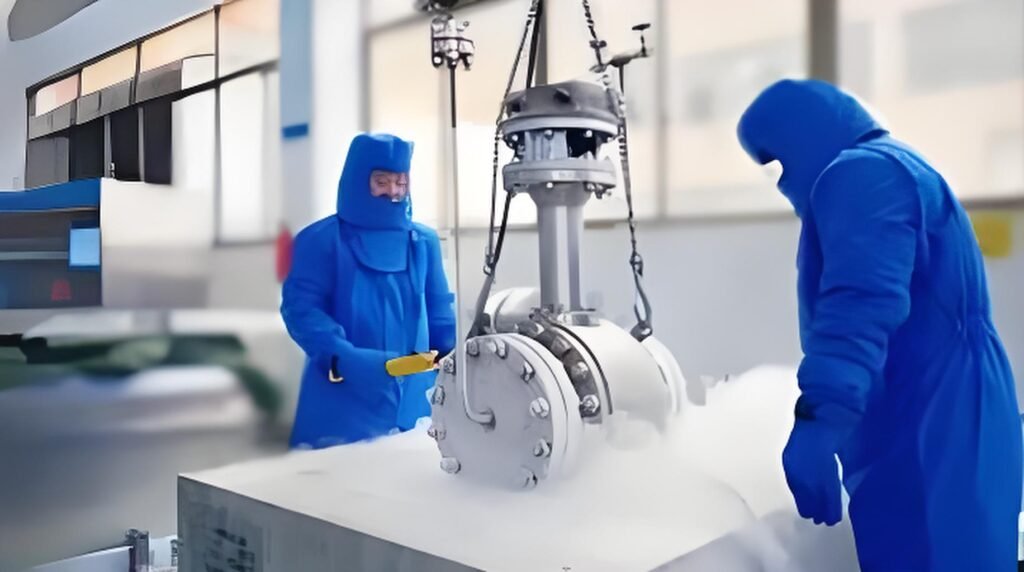
Pisau dan bilah industri merupakan komponen penting dalam berbagai proses produksi, termasuk pengolahan makanan, pengemasan, dan penanganan material. Perkakas ini diandalkan untuk pemotongan presisi, daya tahan, dan efisiensi. Kinerja bilah industri secara langsung memengaruhi kualitas produksi, efektivitas biaya, dan efisiensi operasional secara keseluruhan.
Jika alat pemotong bekerja dengan baik, alat tersebut berkontribusi pada peningkatan hasil, lebih sedikit gangguan, dan berkurangnya waktu henti. Studi menunjukkan bahwa mengoptimalkan kinerja bilah dapat menurunkan biaya produksi secara signifikan. Misalnya, dalam industri pemrosesan makanan, kinerja bilah secara langsung terkait dengan berkurangnya limbah, yang dapat meningkatkan hasil hingga 15-201TP4Sepuluh tahun, pengembangan teknologi pengolahan kriogenik telah merevolusi cara kita meningkatkan daya tahan dan kinerja pisau industri. Proses ini tidak hanya memperpanjang umur bilah tetapi juga mengoptimalkan kemampuan pemotongannya, menjadikannya alat vital bagi industri modern.
2. Dasar-dasar Perawatan Kriogenik
Apa itu Perawatan Kriogenik?
Perawatan kriogenik, juga dikenal sebagai tempering kriogenik, adalah proses di mana peralatan dan komponen logam mengalami suhu yang sangat rendah, biasanya menggunakan nitrogen cair. Perlakuan ini dirancang untuk meningkatkan sifat material logam, terutama dalam hal kekerasan, ketahanan aus, dan daya tahan secara keseluruhan.
Akar dari perawatan kriogenik kembali ke tahun 1960-an ketika para peneliti menemukan bahwa paparan suhu yang sangat rendah dapat mengubah struktur mikro logam, meningkatkan kinerjanya dalam aplikasi tertentu.
Gambaran Umum Proses: Perawatan kriogenik terdiri dari tiga tahap utama:
- Perlakuan Panas Awal: Bahan tersebut pertama-tama dipanaskan hingga suhu tinggi untuk mengubah sifat fisiknya dan mempersiapkannya untuk langkah berikutnya. Hal ini biasanya dilakukan dengan memanaskan bilah hingga suhu sekitar 1000°F (538°C).
- Perawatan Kriogenik: Pada langkah ini, bilah didinginkan hingga suhu yang sangat rendah, sering kali serendah -300°F (-184°C), menggunakan nitrogen cair. Langkah ini menyebabkan perubahan pada struktur mikro material.
- Perawatan Stabilisasi: Setelah perlakuan kriogenik, bilah perlahan-lahan dikembalikan ke suhu sedang untuk memungkinkan struktur martensit menjadi stabil, meningkatkan kekerasan dan ketahanan ausnya.
Perbandingan dengan Perlakuan Panas Konvensional
Perlakuan panas tradisional dan perlakuan kriogenik sama-sama bertujuan untuk meningkatkan sifat mekanis bilah industri, tetapi perlakuan kriogenik menawarkan keuntungan yang unik dan terukur, terutama dalam hal penyempurnaan mikrostruktur dan kinerja jangka panjang. Berikut ini adalah pembahasan lebih mendalam tentang bagaimana perlakuan kriogenik dibandingkan dengan proses perlakuan panas konvensional:
1. Perubahan Mikrostruktur
2. Distribusi Partikel Karbida yang Seragam
3. Penghilang Stres Sisa
4. Stabilitas Dimensi yang Ditingkatkan
5. Umur Panjang dan Tahan Aus
6. Konsistensi dalam Kondisi Ekstrim
7. Efisiensi Biaya Jangka Panjang
3. Manfaat Perawatan Kriogenik
Perlakuan kriogenik pada pisau dan bilah industri menawarkan berbagai manfaat peningkatan kinerja, dengan implikasi signifikan terhadap daya tahan, efisiensi pemotongan, dan keamanan. Rincian teknis dan data yang disajikan di bawah ini membantu menunjukkan bagaimana perlakuan ini dapat memberikan keuntungan tersendiri dalam berbagai pengaturan industri.
1. Peningkatan Ketahanan Aus
Salah satu manfaat paling signifikan dari perawatan kriogenik adalah peningkatan ketahanan aus yang nyata. Peningkatan ini terutama terlihat pada peralatan yang digunakan di lingkungan dengan benturan dan tekanan tinggi, di mana keausan merupakan tantangan yang terus-menerus. Proses kriogenik menyebabkan transformasi pada struktur mikro logam yang meningkatkan kekerasan dan memperbaiki keseragaman partikel karbida dalam material. Penyempurnaan ini meminimalkan keausan abrasif, sehingga peralatan menjadi lebih tahan lama.
Penelitian telah menunjukkan bahwa bilah yang diolah secara kriogenik dapat bertahan terhadap siklus penggunaan yang jauh lebih lama sebelum mulai rusak. Misalnya, ketahanan aus bilah industri yang diolah secara kriogenik dapat meningkat hingga 2,5 kali lipat dibandingkan dengan bilah yang diolah dengan metode perlakuan panas konvensional.
Tabel Data: Perbandingan Ketahanan Aus
| Jenis Pisau | Perlakuan Panas Reguler | Pisau yang Diolah Secara Kriogenik |
| Ketahanan Aus (siklus) | 1,000 | 2,500 |
| Rata-rata Umur (bulan) | 6 | 12 |
| Tingkat Keausan (mm³/jam) | 0.15 | 0.05 |
Penelitian Industri: Menurut sebuah penelitian yang dilakukan oleh Masyarakat Kriogenik Amerika, perkakas baja yang diolah secara kriogenik memiliki masa pakai operasional yang lebih lama hingga 40% dalam pengaturan produksi jika dibandingkan dengan perkakas yang diolah secara konvensional. Dalam industri seperti pengolahan makanan, di mana presisi dan kebersihan adalah kuncinya, ketahanan aus yang lebih baik menghasilkan lebih sedikit penggantian bilah, sehingga mengurangi waktu henti dan biaya operasional.
2. Mengurangi Sensitivitas Stres
Perlakuan kriogenik dapat meningkatkan ketangguhan pisau industri secara signifikan dengan mengurangi kerentanan material terhadap fraktur tegangan. Metal, khususnya baja perkakas, sering kali mengalami tegangan internal tingkat tinggi yang dapat mengakibatkan fraktur mikro dan kegagalan pada akhirnya. Perlakuan kriogenik bekerja dengan meningkatkan distribusi partikel karbida di dalam bilah, yang mengurangi tegangan internal dan meningkatkan ketangguhan. Proses ini juga membantu menghilangkan tegangan sisa yang mungkin muncul selama pembuatan awal atau perlakuan panas.
Ketangguhan yang meningkat ini menghasilkan peningkatan kinerja selama siklus penggunaan yang berulang. Mata pisau yang menjalani perawatan kriogenik lebih kecil kemungkinannya untuk rusak akibat tekanan ekstrem atau tekanan berulang, sehingga sangat berharga dalam industri dengan permintaan tinggi seperti manufaktur, pengemasan, dan produksi suku cadang otomotif.
Wawasan Penelitian: Sebuah studi yang dilakukan oleh American Society for Metals (ASM) menunjukkan bahwa baja perkakas yang diberi perlakuan kriogenik menunjukkan pengurangan tekanan internal sebesar 50% dibandingkan dengan baja yang hanya menjalani perlakuan panas konvensional.
3. Peningkatan Ketahanan terhadap Korosi, Karat, dan Oksidasi
Selain peningkatan mekanis, perawatan kriogenik secara signifikan meningkatkan ketahanan bilah terhadap faktor lingkungan seperti kelembaban, karat, dan oksidasi. Suhu dingin yang ekstrem dalam proses kriogenik menyebabkan permukaan bilah menjadi lebih padat, yang menghambat penetrasi zat korosif seperti air, bahan kimia, dan asam.
Pisau yang digunakan dalam industri yang terpapar lingkungan lembap atau korosif—seperti pengolahan makanan, farmasi, dan sektor manufaktur kimia tertentu—dapat memperoleh manfaat besar dari ketahanan ini. Baja tahan karat dan material paduan, khususnya, menunjukkan peningkatan yang nyata dalam kepadatan permukaan dan ketahanan korosi setelah menjalani perawatan kriogenik.
Bukti Data: Menurut sebuah studi oleh International Journal of Surface Science, sampel baja yang diberi perlakuan kriogenik menunjukkan pengurangan laju korosi sebesar 30% jika dibandingkan dengan sampel baja yang tidak diberi perlakuan di lingkungan air asin.
4. Perawatan Pengerasan Permanen
Tidak seperti perlakuan panas tradisional, yang dapat mengalami pengurangan kekerasan secara bertahap seiring waktu karena keausan operasional yang tinggi, perlakuan kriogenik menawarkan efek pengerasan permanen. Hal ini disebabkan oleh transformasi austenit tertahan menjadi martensit, struktur yang jauh lebih keras dan lebih stabil. Perubahan struktural ini tidak dapat diubah dan memastikan bahwa bilah mempertahankan kekerasan, ketahanan aus, dan kinerjanya untuk jangka waktu yang jauh lebih lama.
Studi Kasus: Dalam studi kasus yang dilakukan dengan bilah baja tahan karat yang diberi perlakuan kriogenik yang digunakan dalam mesin pemotong berkecepatan tinggi, kekerasan bilah tetap stabil selama lebih dari 2 tahun, sedangkan kekerasan bilah yang diberi perlakuan konvensional mulai menurun setelah 6 bulan penggunaan.
5. Peningkatan Keamanan
Pengolahan kriogenik tidak hanya meningkatkan kinerja bilah tetapi juga berkontribusi pada lingkungan kerja yang lebih aman. Dengan mempertahankan ketajaman mata pisau untuk jangka waktu yang lebih lama, bilah yang diolah secara kriogenik cenderung tidak menjadi tumpul, yang pada gilirannya mengurangi kemungkinan kecelakaan karena pemotongan yang tidak tepat atau kegagalan bilah secara tiba-tiba. Ketajaman yang konsisten memastikan bahwa operator mengalami lebih sedikit kejadian selip bilah atau kerusakan tak terduga, yang dapat membahayakan.
Dampak Keamanan: Amerika Serikat Administrasi Keselamatan dan Kesehatan Kerja (OSHA) melaporkan bahwa peralatan tajam menyebabkan lebih sedikit cedera dan kecelakaan. Misalnya, bilah dengan daya tahan lebih tinggi memerlukan lebih sedikit penajaman, yang mengurangi kemungkinan kesalahan manusia selama perawatan.
6. Pisau yang lebih tajam
Perlakuan kriogenik memperbaiki struktur mikro bahan bilah, menciptakan distribusi karbida yang lebih seragam dan homogen. Hal ini menghasilkan tepi yang lebih tajam dan kinerja pemotongan yang lebih baik. Distribusi yang lebih baik menghilangkan cacat mikroskopis yang dapat merusak tepi pemotongan, yang meningkatkan presisi bilah dan efisiensi pemotongan secara keseluruhan.
Dalam tugas pemotongan presisi tinggi, seperti dalam industri pengolahan makanan, bilah yang lebih tajam menghasilkan potongan yang lebih halus dan bersih, yang dapat menjadi krusial bagi kualitas produk dan pengurangan limbah. Ketajaman ini khususnya bermanfaat bagi bilah yang digunakan dalam mengiris, memotong dadu, atau memotong material seperti logam, plastik, dan kayu.
Data Industri: Sebuah laporan dari International Cutting Tools Association (ICTA) menunjukkan bahwa bilah yang diberi perlakuan kriogenik mempertahankan ketajaman hingga 40% dibandingkan bilah yang tidak diberi perlakuan, bahkan setelah penggunaan jangka panjang dalam tugas pemotongan.
7. Umur yang lebih panjang
Bilah yang diolah secara kriogenik diketahui memiliki masa pakai yang jauh lebih lama dibandingkan dengan bilah yang tidak diolah. Peningkatan gabungan dalam kekerasan, ketahanan aus, ketangguhan, dan ketahanan korosi secara langsung berkontribusi pada pengurangan frekuensi penggantian dan perawatan bilah.
Untuk industri yang mengandalkan tugas pemotongan frekuensi tinggi—seperti pengemasan, otomotif, dan pengerjaan logam—masa pakai yang lebih lama dari bilah yang diberi perlakuan kriogenik menghasilkan pengurangan biaya operasional, waktu henti yang lebih rendah, dan peningkatan laba atas investasi (ROI).
Analisis Biaya: Sebuah studi oleh National Association of Manufacturers (NAM) menemukan bahwa bilah yang diberi perlakuan kriogenik dapat mengurangi total biaya kepemilikan hingga 30% selama masa pakai bilah, karena lebih sedikit penggantian dan berkurangnya biaya perawatan.
4. Aplikasi dan Ruang Lingkup Perawatan Kriogenik
Perlakuan kriogenik kompatibel dengan berbagai macam logam yang umum digunakan dalam bilah industri. Ini termasuk baja paduan tinggi, baja tahan karat, baja perkakas, aluminium, tembaga, dan bahkan beberapa paduan. Fleksibilitas perlakuan kriogenik membuatnya ideal untuk berbagai industri yang mengandalkan alat pemotong untuk proses manufaktur.
Aplikasi Industri:
- Pengolahan Makanan: Pisau yang dirawat secara kriogenik membantu memastikan pemotongan yang lebih bersih dan tajam, meminimalkan kontaminasi produk sekaligus meningkatkan efisiensi pemotongan.
- Kemasan: Dalam industri pengemasan, yang mana dibutuhkan pemotongan berulang dan berkecepatan tinggi, perawatan kriogenik meningkatkan daya tahan dan umur pakai bilah, sehingga mengurangi frekuensi waktu henti dan penggantian bilah.
- Pengerjaan Kayu & Metalworking: Pengolahan kriogenik memberi manfaat bagi industri yang membutuhkan peralatan untuk memotong dan membentuk material keras, termasuk kayu, plastik, dan logam, dengan menyediakan peralatan yang tahan terhadap keausan dan tetap tajam meskipun dalam tekanan ekstrem.
5. Pertanyaan yang Sering Diajukan (FAQ)
1. Jenis logam apa yang dapat menjalani perlakuan kriogenik?
Perawatan kriogenik efektif pada baja paduan tinggi, baja tahan karat, baja karbon, aluminium, tembaga, dan berbagai paduan lainnya. Berbagai macam material ini membuatnya cocok untuk berbagai bilah industri.
2. Berapa lama proses perawatan kriogenik berlangsung?
Umumnya, proses pengolahan kriogenik memakan waktu antara 24 dan 48 jam. Durasi pastinya bergantung pada ukuran dan kompleksitas bilah serta jenis logam.
3. Apakah pengolahan kriogenik membuat bilah menjadi rapuh?
Tidak, proses kriogenik meningkatkan kekerasan sekaligus meningkatkan ketangguhan. Hasilnya adalah bilah yang lebih keras dan lebih tangguh, tanpa kerapuhan yang sering dikaitkan dengan proses pengerasan tradisional.
4. Seberapa besar perawatan kriogenik meningkatkan umur pakai bilah?
Pisau yang diberi perlakuan kriogenik dapat bertahan 2 hingga 3 kali lebih lama daripada pisau yang tidak diberi perlakuan, tergantung pada jenis logam dan kondisi pengoperasian.
5. Bisakah perawatan kriogenik memperbarui bilah pisau yang sudah bekas?
Ya, perawatan kriogenik dapat meremajakan bilah pisau yang sudah bekas, mengembalikan kinerja aslinya, dan bahkan memperpanjang masa pakainya.
6. Mengapa Memilih Nanjing Metal untuk Pisau Industri Anda?
Pada Nanjing Metal, kami bangga menyediakan pisau dan bilah industri yang andal dan berkinerja tinggi. Dengan pengalaman lebih dari 18 tahun, tim ahli kami menawarkan solusi khusus yang disesuaikan dengan kebutuhan spesifik Anda.
Kami menggunakan teknologi terkini untuk memastikan produk kami memberikan kinerja, daya tahan, dan efisiensi yang unggul. Baik Anda memerlukan bilah standar atau desain khusus, produk kami dirancang untuk memenuhi permintaan berbagai industri.
7. Kesimpulan
Pengolahan kriogenik adalah teknologi inovatif yang secara signifikan meningkatkan kinerja, daya tahan, dan efisiensi pisau dan bilah industri. Dengan mengurangi keausan, meningkatkan ketajaman, dan meningkatkan ketahanan terhadap tekanan dan korosi, pengolahan ini menawarkan manfaat yang tak terbantahkan bagi industri yang mengandalkan alat pemotong berkinerja tinggi.
Hubungi kami hari ini untuk mempelajari lebih lanjut tentang bagaimana bilah industri yang diolah secara kriogenik dapat meningkatkan efisiensi produksi dan mengurangi biaya operasional. Biarkan kami membantu Anda membawa bisnis Anda ke tingkat berikutnya dengan teknologi pemotongan yang canggih.
Referensi:
- Laporan Kinerja & Efisiensi Pisau Industri, 2022.
- Kemajuan dalam Pemrosesan Kriogenik: Meningkatkan Masa Pakai dan Kinerja Alat, 2019.


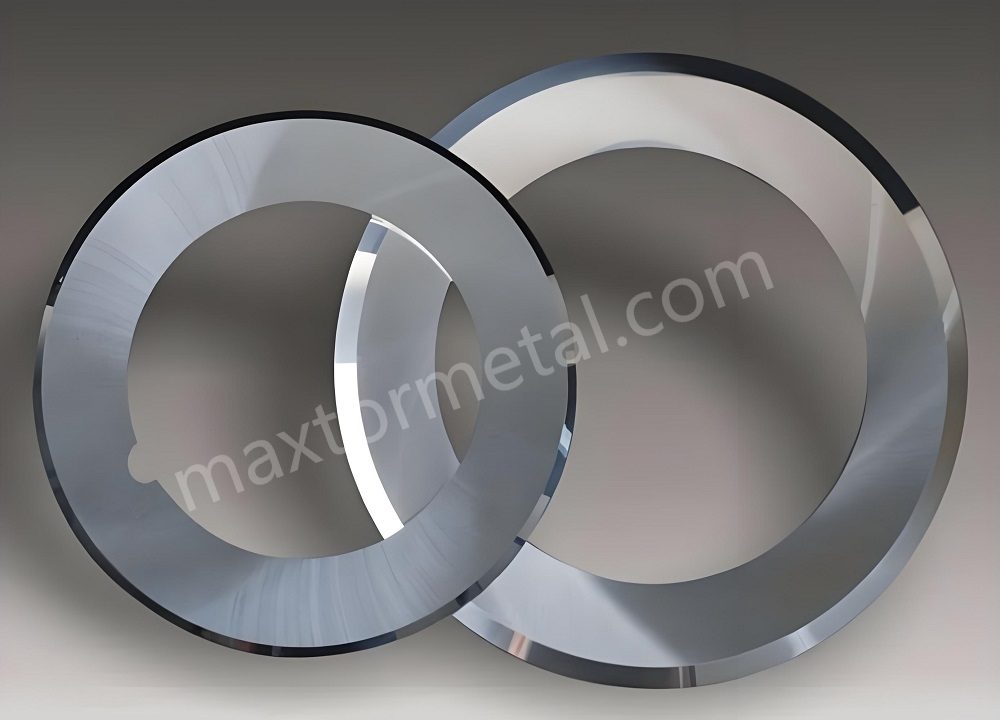
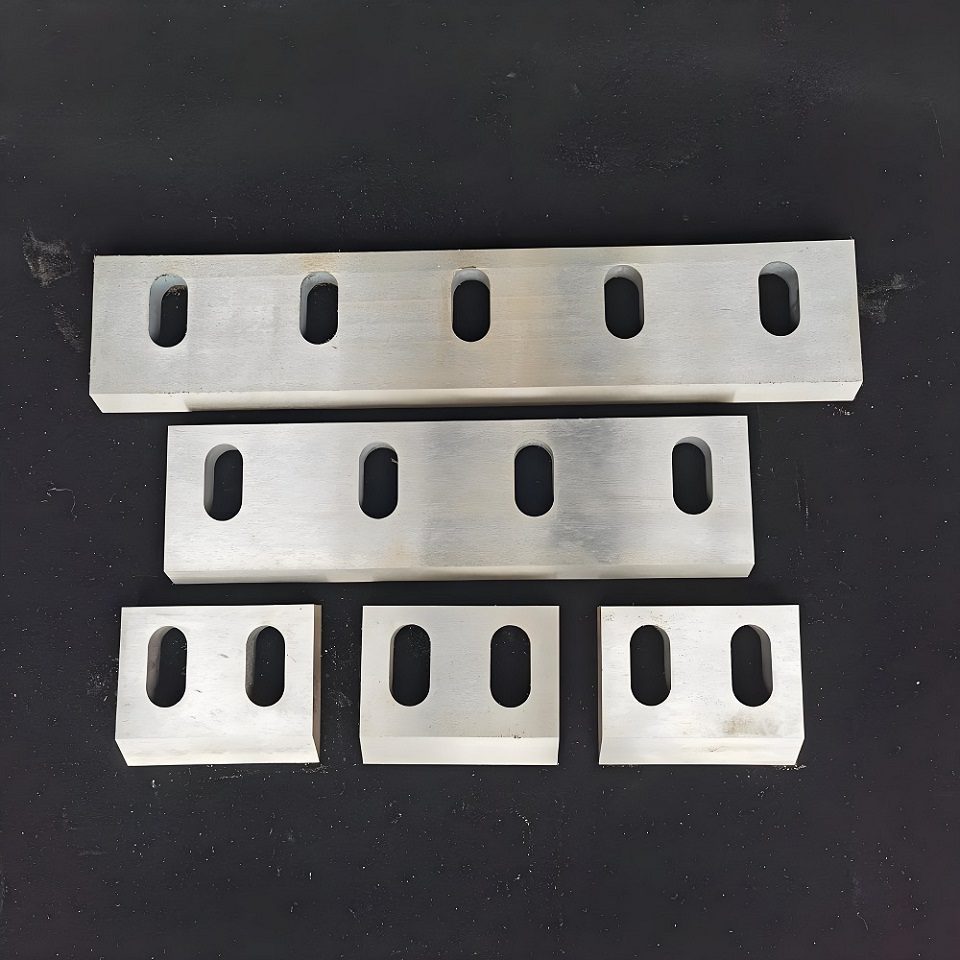
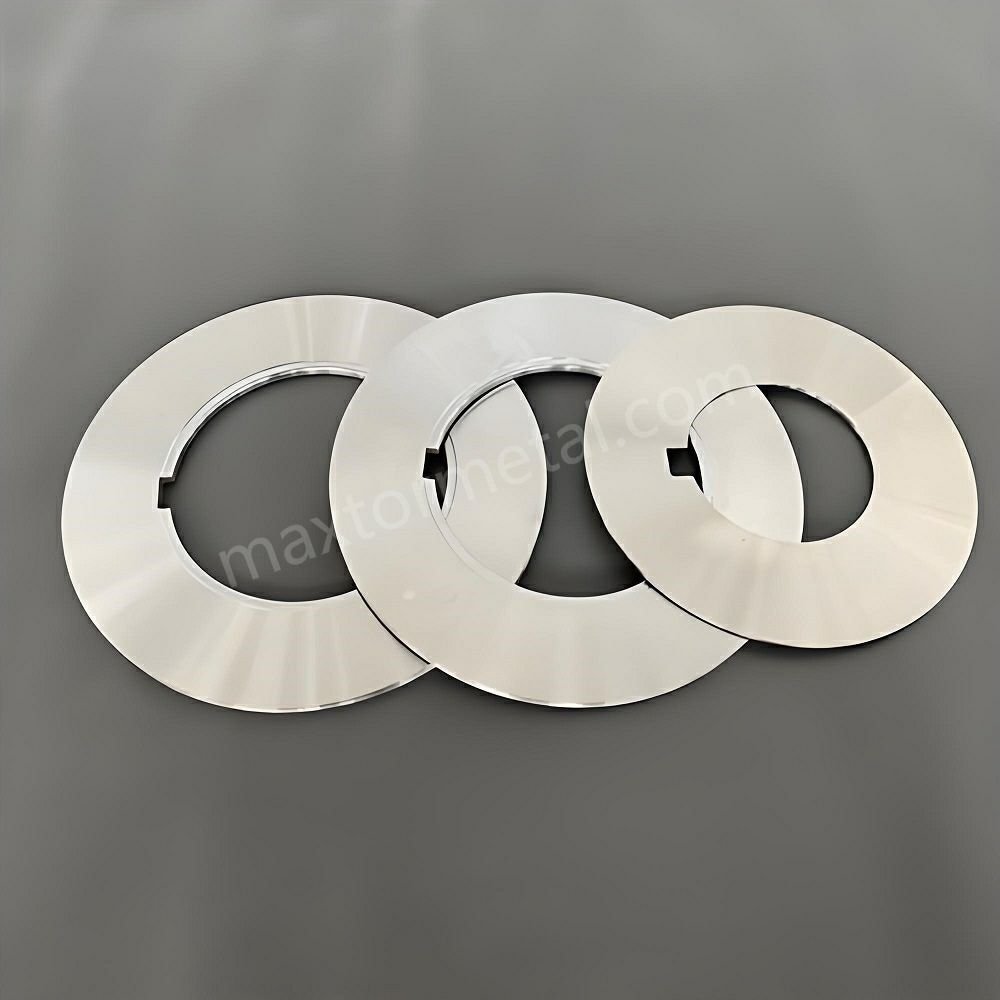
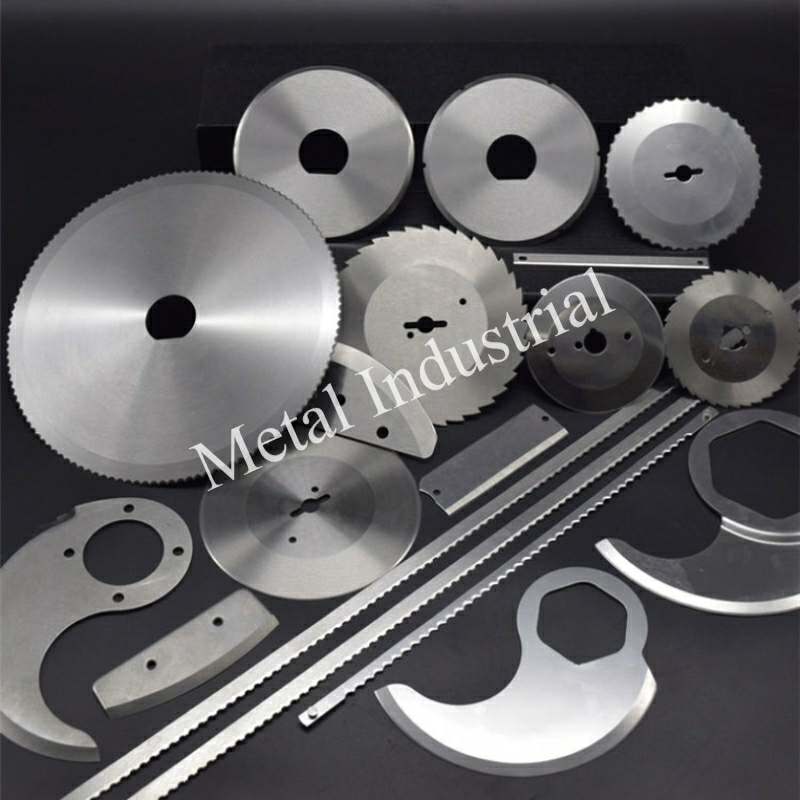

satu Respon
Halo semuanya, karena saya sangat ingin membaca unggahan blog ini untuk diperbarui secara berkala.
Itu berisi hal-hal yang rumit.